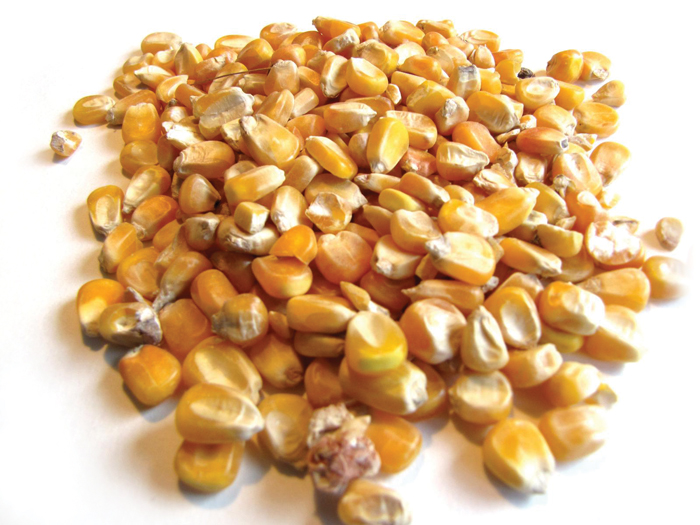May 2022
| IKAGENG MALULEKE, AGRICULTURAL ECONOMIST AT GRAIN SA |
 |
Marketing is the performance of all business activities involved in the flow of goods and services (in this case grains and oilseeds) from the point of initial agricultural production until they are in the hands of the ultimate consumer.
Marketing involves more than just sales, but also financial goals, risk determination, investigating different price and delivery strategies and marketing opportunities. The purpose of this article is to explain the basic principles of a marketing plan. Good marketing requires planning, sales discipline, access to good market information and a sound grasp of all pricing and delivery alternatives.
Be careful of using the ‘wait and see’ approach – a tendency to wait for the price to peak at its highest level. If you keep on waiting for an ‘even better price’ you may just end up missing the best price.
Producers need to be more proactive in terms of marketing their crop. Due to the volatile nature of agricultural commodity prices, producers need to develop, draft and adjust a marketing plan as production and price circumstance change. Work on marketing plans that suit your individual situation, as there is no generic marketing plan that works for everyone.
FACTORS TO BE CONSIDERED IN A MARKETING PLAN
Financial goals: Having a financial goal helps a producer to determine the return on investment that they would like to achieve in that season. For instance, a producer can use a return of 20% on capital to calculate the price level at which certain marketing decisions must be made.
Expected production cost and crop insurance: A producer should have a crop budget, that entails future conduct, expressed in physical and financial terms. This will require planning based on historical data, assumptions and experience. Crop budgets help to determine cost per hectare. Since there is so much uncertainty in the market, a producer should realise that his budget is subject to change and should rather use it as a management tool. It will assist a producer to determine break even prices, compare different plans, plan cash flow position and to make decisions about when and how to invest. Crop insurance, although an additional expense, helps a producer to manage risk, should the worst occur.
Risk appetite and financial position: Producers need to determine their risk appetite beforehand and if they are speculators or risk managers. Although producers are supposed to be risk managers, unfortunately some can put themselves in a position of being a speculator.
The difference between risk managers and speculators is as follows:
Cash flow needs: A marketing alternative needs to be weighed against a producer’s cash flow needs. A producer’s cash flow needs will determine which marketing alternatives are available to them, due to timing of the cash flow. Certain instruments may require cash outflow when the producer does not have sufficient cash flow to maintain the instrument, while other alternatives may only bring cash flow after a producer needed the cash.
Seasonal movements: Seasonal price movements can help determine how a producer will formulate a marketing strategy. Seasonality is a well-known trend in grains. Grain prices tend to be lower during harvesting due to abundant supply while prices can follow a higher trend closer to the end of the marketing season, when supply is less or when shortages could arise.
Market knowledge: It is important that a producer understands market activity, so that they can make decisions about when to sell and how to take advantage of the opportunities arising from market fluctuations. Producers need to understand the fundamentals and technical aspects. This includes analysis on supply and demand, factors affecting supply and demand like stock levels, export activity, weather conditions and consumption patterns, locally and internationally. Technical insights are based on price trend analysis and repetition of price movements. This kind of information can be obtained from traders.
Storage capacity: A producer may consider storing grain and wait for a possible better price opportunity. However, a producer should be familiar with carrying costs that the decision involves and what the present trading in spreads is between the harvest date and planned selling date.
Publication: May 2022
Section: Pula/Imvula